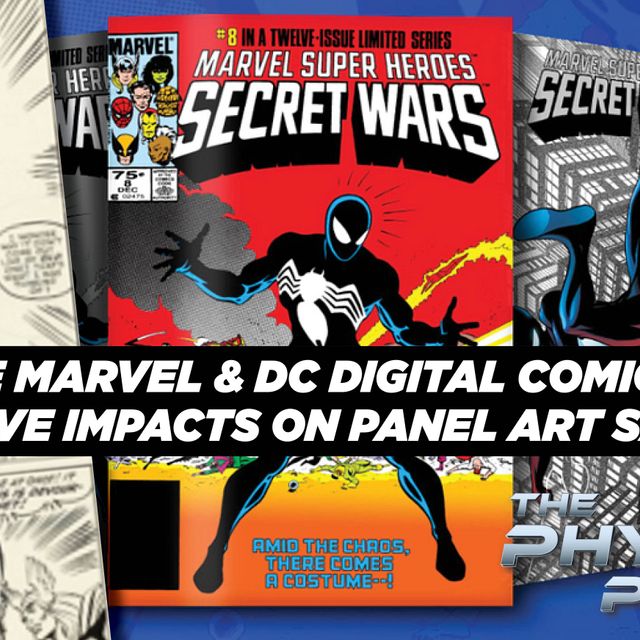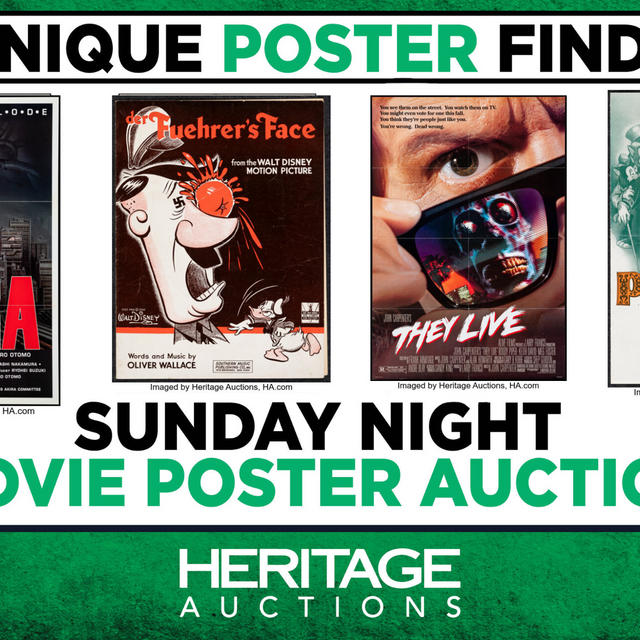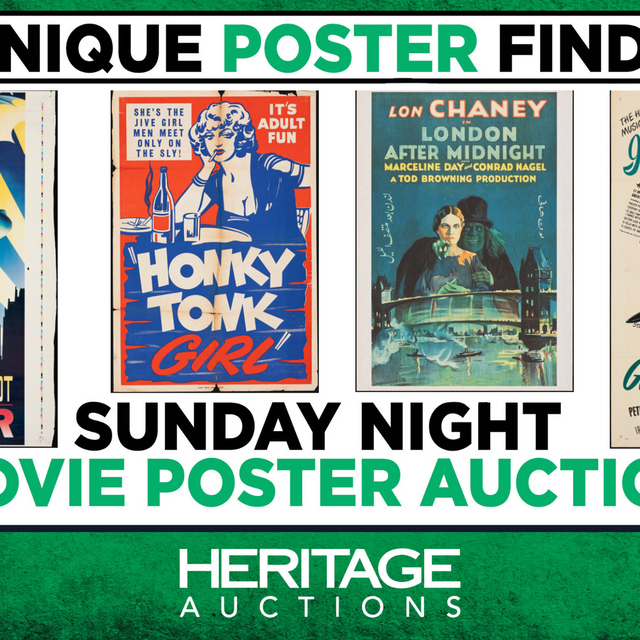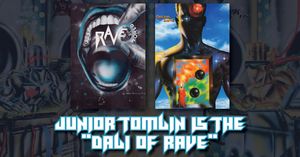 One of the most prolific flyer artists in the UK rave scene of the 1990s was Junior Tomlin. Armed with an airbrush and a vivid imagination, Tomlin created the perfect visual accompaniment for electronic music. Let’s take a look at some of his incredible work, and find out why he is known as the "Dali of Rave."
One of the most prolific flyer artists in the UK rave scene of the 1990s was Junior Tomlin. Armed with an airbrush and a vivid imagination, Tomlin created the perfect visual accompaniment for electronic music. Let’s take a look at some of his incredible work, and find out why he is known as the "Dali of Rave."
Before the internet, and long before social media became the most effective way to promote underground raves, there was the all-mighty flyer. In order to spread the word, event promoters needed artists to create colorful, eye-catching designs to stand out from the completion, and draw people to their event.
Countdown to Ignition Sequence.
 Junior Tomlin was born and raised in West London during the 1960s. Throughout his childhood, he always loved art. Tomlin would often copy illustrations from comic books for his friends and classmates for school projects. Around the age of 9, he began sneaking out late at night to reggae dances with his sister in Bayswater. The thick bass of reggae was his introduction to live music and helped shaped his taste in music during his formative years.
Junior Tomlin was born and raised in West London during the 1960s. Throughout his childhood, he always loved art. Tomlin would often copy illustrations from comic books for his friends and classmates for school projects. Around the age of 9, he began sneaking out late at night to reggae dances with his sister in Bayswater. The thick bass of reggae was his introduction to live music and helped shaped his taste in music during his formative years.
His early artistic influences were Marvel comics and science fiction book covers. Specifically, Chris Foss’s painting on the cover of the novel Foundation by Isaac Mosimov. The alien vistas and massive spaceships Foss was known for captivated Tomlin's imagination and would provide inspiration for his work.
Space Gladiator.
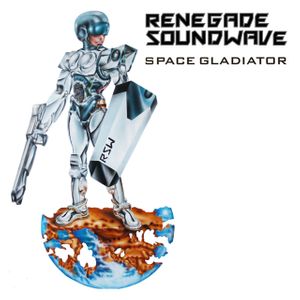 Tomlin’s first break into the electronic music scene was his commission for the group Renegade Soundwave and their 1989 record, titled Space Gladiator. The airbrushed, futuristic gladiator character ended up being used as the cover for the group's single and marked the beginning of Tomlin’s storied career in the electronic music scene.
Tomlin’s first break into the electronic music scene was his commission for the group Renegade Soundwave and their 1989 record, titled Space Gladiator. The airbrushed, futuristic gladiator character ended up being used as the cover for the group's single and marked the beginning of Tomlin’s storied career in the electronic music scene.
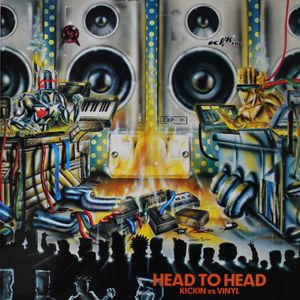 Tomlin’s new age covers became highly sought after by different record labels like Kickin Records and Vinyl Solution. One other notable cover from this era was for the compilation record Head to Head from Kickin Records in 1990. Tomlin’s design features dueling robotic DJs performing live in the signature space-age, airbrushed style he became known for in the 1990s. The original still hangs in his living room today.
Tomlin’s new age covers became highly sought after by different record labels like Kickin Records and Vinyl Solution. One other notable cover from this era was for the compilation record Head to Head from Kickin Records in 1990. Tomlin’s design features dueling robotic DJs performing live in the signature space-age, airbrushed style he became known for in the 1990s. The original still hangs in his living room today.
Salvador Dali of rave flyers.
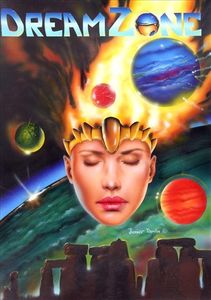 Over the course of electronic music’s progression throughout the ’90s, the illegal raves began transitioning to legitimate large-scale events. Tomlin’s signature futuristic work provided the ideal visual component for the electronic music movement. His use of futuristic sci-fi fantasy effectively conveyed escapism. And the shiny, airbrushed chrome reflected the polished, precise nature of the futuristic-sounding music. The fantastical, sci-fi paintings Tomlin became known for led to the moniker of the “Salvador Dali of Rave Flyers.”
Over the course of electronic music’s progression throughout the ’90s, the illegal raves began transitioning to legitimate large-scale events. Tomlin’s signature futuristic work provided the ideal visual component for the electronic music movement. His use of futuristic sci-fi fantasy effectively conveyed escapism. And the shiny, airbrushed chrome reflected the polished, precise nature of the futuristic-sounding music. The fantastical, sci-fi paintings Tomlin became known for led to the moniker of the “Salvador Dali of Rave Flyers.”
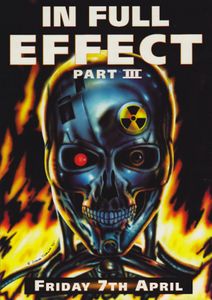 Tomlin has gone on to become a successful digital artist and comic book colorist. He has colorist credits from Marvel, Titan, and DC comics. Tomlin was commissioned by Wizards of the Coast the design 4 trading cards for the Mirage set of Magic the Gathering in 1996. He has recently released a book showcasing his back catalog of cover art and rave flyers through Velocity press. Check out his website to see more of his work from all different mediums!
Tomlin has gone on to become a successful digital artist and comic book colorist. He has colorist credits from Marvel, Titan, and DC comics. Tomlin was commissioned by Wizards of the Coast the design 4 trading cards for the Mirage set of Magic the Gathering in 1996. He has recently released a book showcasing his back catalog of cover art and rave flyers through Velocity press. Check out his website to see more of his work from all different mediums!
For more information on concert poster collecting, check out our guide!








